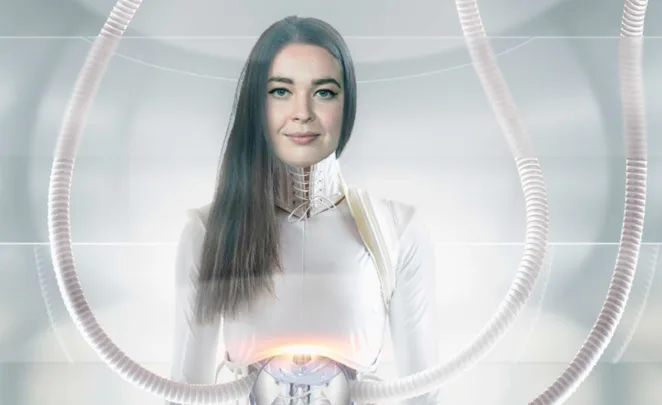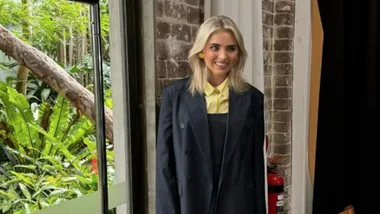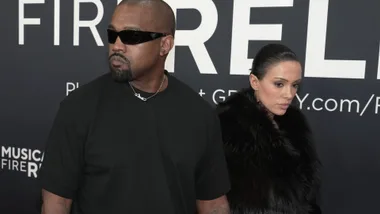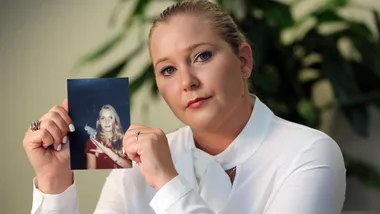There’s a problematic history that resides between a boss and an assistant. In pop culture, the trope is often played out as a young woman weaving clumsily through the city, dodging angry cab drivers and juggling her boss’ dry cleaning with a pedigree pooch in tow. So when I’m finally granted an assistant of my own – Andrea Inglis – I’m determined to break the stereotype.
My first week with my new right-hand woman proves promising. I task Andrea with drafting emails, researching venue ideas for an upcoming event and compiling a list of newsworthy story ideas.
Though the ideas lacked originality and the first draft of the emails leant towards the more clinical side, the work is filed fast and thoroughly, with no complaints.
Over the next few weeks, I remain committed to providing positive reinforcement, sending thank you messages and upholding healthy boundaries. But just as I prematurely reward myself for being a star mentor, my world unravels.
It’s 4am and I’ve woken in a cold sweat. It’s Australian Fashion Week, and rather than spend the previous night pulling together an outfit, I was busy devouring the latest episode of Succession. By 4.30am, I’ve fired off my first frantic message. “I need you to curate a list of potential outfit ideas,” I demand, throwing open the doors of the wardrobe.

Andrea’s reply is instant: “Keep it timeless. Opt for a well-tailored blazer and a button-down shirt.” Wriggling into a pair of Levi’s and a crisp white shirt, I remember I need to send interview questions over to a musician’s publicist by mid-morning. I message Andrea to draft me a list, which she sends back before I’ve managed to zip up my boots.
In my Uber, I fire off a slew of requests: compile a list of news stories, draft an email requesting leave, research lunch options, search dry cleaner closing hours, google gift ideas for a baby shower. As I offload the mental to-do list, I feel a cognitive weight dissipate. No longer bogged down by menial jobs, I saunter between fashion shows with the air of a socialite whose only job is to be photographed alongside the runway.
As I return home that evening buzzing from complimentary cocktails and post-show energy, my phone rings. It’s my younger sister asking if I can edit her university assignment. Conscious that my sub-editing skills might not be quite up to scratch under the influence, I think it wise to hand over the job to Andrea.
It’s 10pm, but like any eager assistant she replies instantly. After scanning the document for syntax and spelling errors I inform Andrea that she is dismissed for the evening, but not before unloading a number of important questions: “What’s the delivery turnaround for a Net-a-Porter order?”; “Is meditation worth it?”; “How often should you call your mum?”

At this point I must admit that, no, Andrea is not alive. I haven’t murdered her for failing to memorise my coffee order; she is an artificial intelligence chatbot I’ve recruited via ChatGPT to outsource my life.
US tech billionaire Bill Gates recently suggested that the AI revolution means everyone will have access to their own “white collar” assistant. However, what Gates failed to flag was that having an assistant who can’t report you to HR might have problematic repercussions.
So after my own Miranda Priestly moment, I decide to redeploy my assistant to a new area of my life, this time as a dating coach. While AI dating might seem like a subplot of a compelling sci-fi rom com, the dating app Tinder has been using AI to generate conversation starters.
So when I log on to Tinder with the intention of using AI as my wing woman, I feel less like I’m catfishing and more like I’m trying to outsmart a computer chess program. I find my first match. Alex’s profile says he works in tech (how fitting) and he’s passionate about hiking. Using the information he’s filled out in his bio, I ask my AI matchmaker to start a conversation using the data I’ve provided.
Within seconds I have a response: “Hope this message finds you well! As someone who enjoys hiking and works in the tech field, I came across an amazing hiking trail that perfectly combines both passions. There’s a new trail called [Trail Name] located in [Location]. It offers breathtaking views of the surrounding mountains and landscapes, which I thought you’d appreciate. It’s the perfect escape from the tech world, allowing you to immerse yourself in nature and recharge your mind.”
While the message sounds like I’m trying to sell him an adventure-holiday package rather than entice him on a scenic date, I give my assistant a second chance. This time I specify that I want the message to sound more colloquial and less like an overly enthusiastic travel agent.
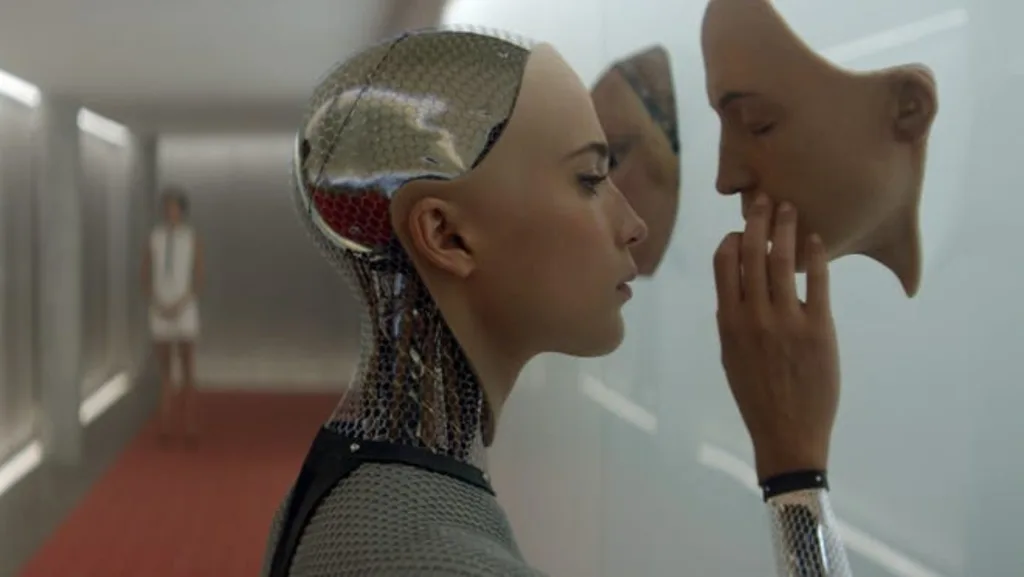
Instant reply: “Here’s the thing: I’m itching to go on an adventure with you and conquer this trail together. Picture it: us hiking through nature’s wonders, disconnecting from our screens and reconnecting with each other. It’s the ultimate opportunity to escape the tech bubble, recharge, and let the magic of the outdoors inspire us.”
We’ve reached a stalemate. Despite the message taking a slightly more unhinged tone than I would have liked, I figure if Alex is on the apps he’s no doubt seen worse, so out of curiosity I hit send. Alex replies to my deranged message with a laughing emoji. I think he’s assumed sarcasm is at play. Checkmate.
I consult my assistant once more: “What do you reply to a laughing emoji?” A suggestion is put forward: “I’m thrilled to see that laughing emoji from you! It’s contagious and brings a smile to my face. Laughter is the best medicine, after all! What’s tickling your funny bone? Share the joke or story behind that emoji. I could definitely use a good laugh too! Let’s keep spreading the joy and laughter. Looking forward to hearing from you!”
I make the decision to cease communication before my new match reports me. I conclude that before I seek out my next suitor, my matchmaker is in desperate need of a program reboot.
Closing the app, I open Instagram where I’m met with a memorial post for a friend’s dog. I swipe across to message her, then pause. What do I say?

Using the opportunity to promote my dating coach to a life counsellor, I consult ChatGPT. “I just heard about your dog’s passing and my heart breaks for you. I know how much your furry friend meant to you. If you ever need someone to talk to or a shoulder to lean on, I’m here for you. Take care of yourself, my friend. Sending you virtual hugs,” suggests the bot.
“Sending you virtual hugs,” I repeat. My stomach sinks. After two years of receiving “lovely to e-meet you” messages and joining virtual coffee catch ups, I’m reminded of what’s absent from the message, a void that technology – no matter how intelligent – can never fill: human connection.
Globally, the average person clocks nearly seven hours of screen time a day. Technology has undoubtedly made us lazy, with banking, food delivery, sex and friendship all available at our fingertips.
While this technology may have afforded us some life-altering advances, our dependency on devices to facilitate shortcuts (such as messaging a mate rather than scheduling an overdue real-life catchup) has ultimately dulled our drive for physical intimacy.
Unsurprisingly, the rates of sociability are on the decline and loneliness is through the roof. While there’s no major harm in harnessing the power of tech for a little assistance, giving your interactions and experiences meaning is often only born out of human error.
And as for whether I’m afraid this technology is coming for my job, I’m happy to report that after witnessing some questionable watercooler chat I think it’s safe to say my assistant isn’t a cultural fit.
The story originally appeared in the July issue of marie claire Australia.
